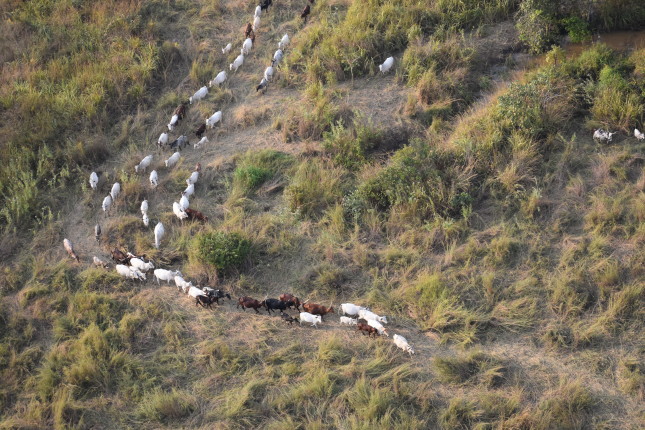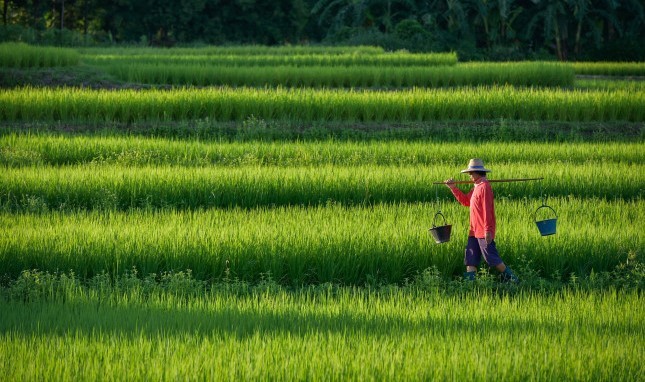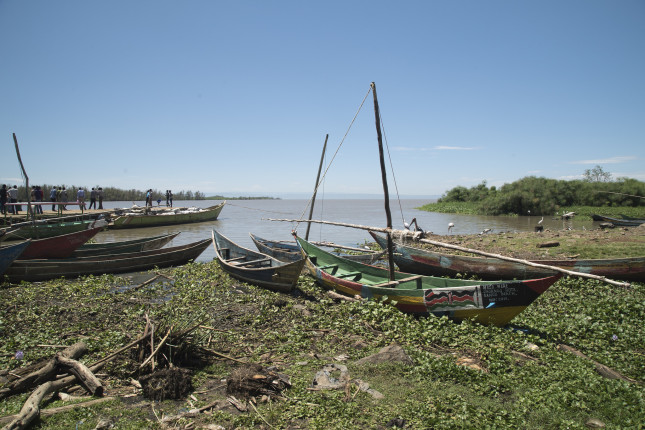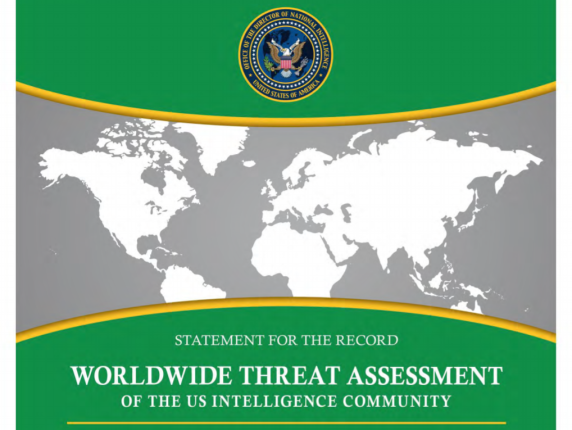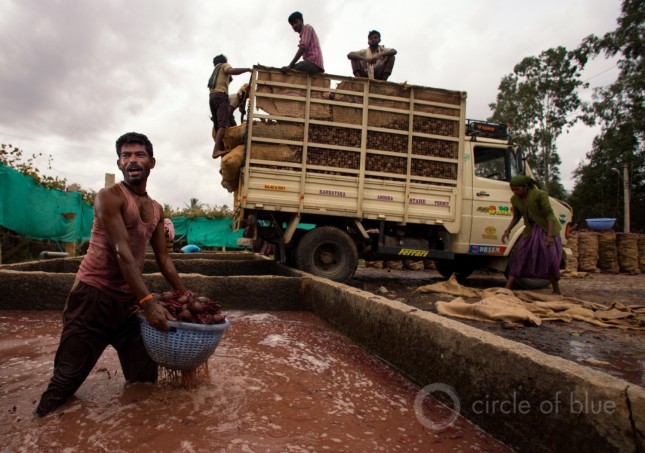-
Top 5 Posts for July 2019
›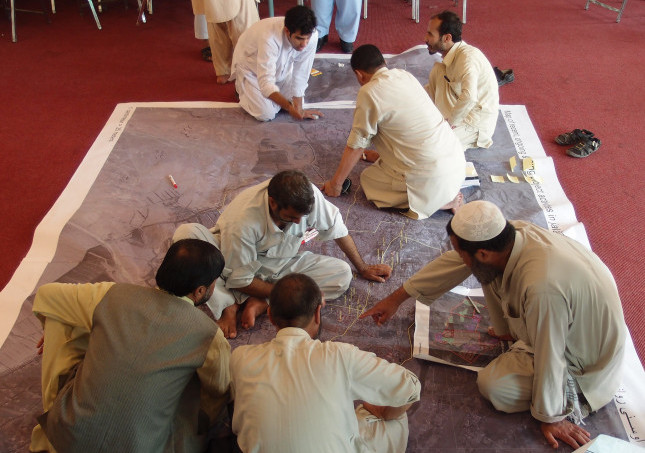
In the top read post for July, Marisa O. Ensor offers the case for using “Positive Peace” as a framework for analyzing the resilience of countries and communities suffering from climate stress and resource challenges. The 2019 Global Peace Index, produced by the Institute for Economics and Peace, factors climate change into its assessments and finds that climate change and resource availability can create or exacerbate tensions, but they can also be a source for cooperation.
-
The Top 5 Posts of June 2019
›
Two of June’s top posts related to conflict and the well-being of a country’s population. In our most-read post this past month, Matt Luizza investigates herder-farmer conflict in Africa’s Sudano-Sahel and urban elites’ increasing militarization of transhumance, the practice of moving livestock seasonally to access available pastures and water. In our third most popular post this month, Wim Zwijnenburg discusses the importance of protecting civilians by protecting the environment during armed conflicts.
-
Top 5 Posts of May 2019
›
Sustainable solutions for Chinese communities featured in two of our top posts for May. In the top post, Karen Mancl digs into the soil quality of Chinese farmland. Conservation agriculture mixes ancient farming practices with new technology to reclaim and restore land disturbed by construction and intense industrial farming. Mancl features in our list again with her piece focusing on the potential of sand bioreactors to be an affordable, right-sized alternative to mechanical wastewater treatment plants for rural China villages.
-
The Top 5 Posts of April 2019
›
In April’s top post, Sarah Glaser and Cullen Hendrix find that a mostly domestic armed conflict involving Joseph Kony and the Lord’s Resistance Army increased competition over Nile perch among fisherfolk, which created tensions between Kenya and Uganda.
-
The Top 5 Posts of March 2019
›
This month’s top post highlighted a new animated short from the Wilson Center and USAID’s Office of Conflict Management and Mitigation. “Water, Conflict, and Peacebuilding” illustrates how building peace can bolster water security and—at the same time—how improving water security can increase the peace within and across borders.
-
The Top 5 Post of February 2019
›
In February’s most read post, Isabella Caltabiano reports on how the 2019 Worldwide Threat Assessment includes a wider scope of perceived environmental threats to America’s national security than earlier reports. This year’s report warns of extreme weather events, high temperatures, diminishing Arctic sea ice, among others, and takes a strong stance against the current administration’s views on climate change.
-
Top 5 Posts for January 2019
›
India’s impending health crisis can be found in its toxic water supply. In January’s most popular post, Jennifer Möller-Gulland, J. Carl Ganter, and Cody T. Pope of Circle of Blue report on India’s widespread use of contaminated wastewater by farmers to raise their crops. Water contamination caused by the discharge of untreated, highly polluted industrial, municipal and agricultural wastewater has spread deeper into the country’s major rivers and food supply causing burning lakes, decreasing agricultural exports, and increasing rates of diseases. With no alternative, India’s farmers pray that wastewater will continue to flow.
-
The Top Dot Mom Posts of 2018 from the Maternal Health Initiative
›
The five most read posts from the Wilson Center’s Maternal Health Initiative team illustrate how inextricably linked women’s health is to every other aspect of society. Our most popular posts cover maternal and child mortality, faith based engagement in family planning, maternal health in areas of conflict, family planning and the economy, the impacts of caregiving, and Cancer in India.
Showing posts from category What You Are Reading.


